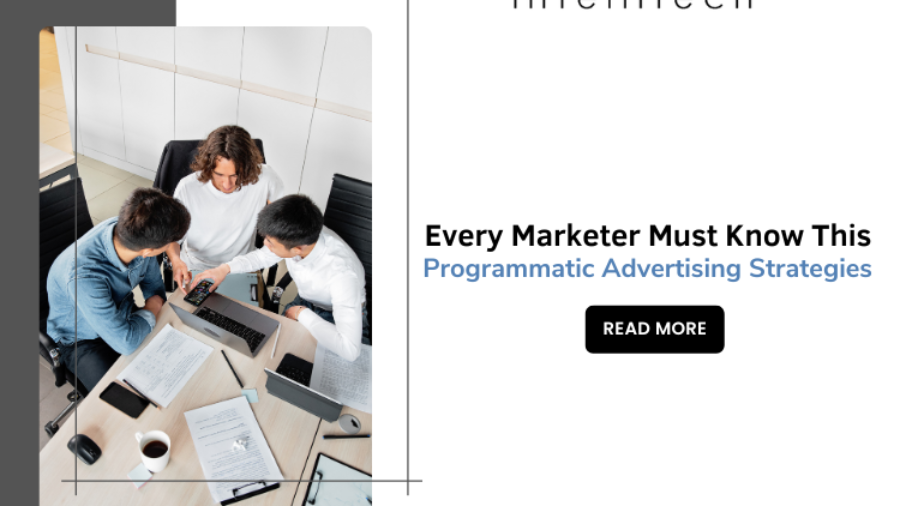In the fast-paced world of B2B marketing, reaching the right audience at the right time is paramount. Email marketing remains a cornerstone strategy for lead generation due to its effectiveness in delivering targeted and personalized content. This blog post will explore proven email marketing tactics tailored specifically for B2B companies seeking to generate high-quality leads.
Segmentation and Personalization
One-size-fits-all approaches have become obsolete in modern email marketing. B2B audiences are diverse, with varying needs, pain points, and interests. Segmenting your email list based on factors like industry, job title, company size, or behavior enables you to craft highly relevant and personalized messages. Personalization goes beyond just using the recipient's name; it's about tailoring content to address their specific challenges and offer solutions.
Value-Driven Compelling Content
Content is the heart of any successful email campaign. For B2B lead generation, focus on providing value rather than a hard sell. Share industry insights, whitepapers, case studies, webinars, or exclusive offers that address your audience's pain points and demonstrate your expertise. Craft subject lines that are clear, concise, and compelling. Position your company as a valuable resource, not just a vendor.
Timing and Frequency
Timing matters in email marketing. Research indicates that sending emails on Tuesday and Thursday mornings often yields better open rates. However, it's crucial to conduct your own tests to determine what works best for your specific audience. Additionally, be mindful of the frequency of your emails. Bombarding recipients with messages can lead to unsubscribes.
Conclusion
Email marketing remains a cornerstone of B2B lead generation for good reason. By leveraging segmentation, personalization, valuable content, and strategic optimization, B2B companies can build strong relationships with their audience and convert leads into loyal customers. Keep refining your email marketing tactics based on data and feedback, and watch your lead generation efforts thrive.




